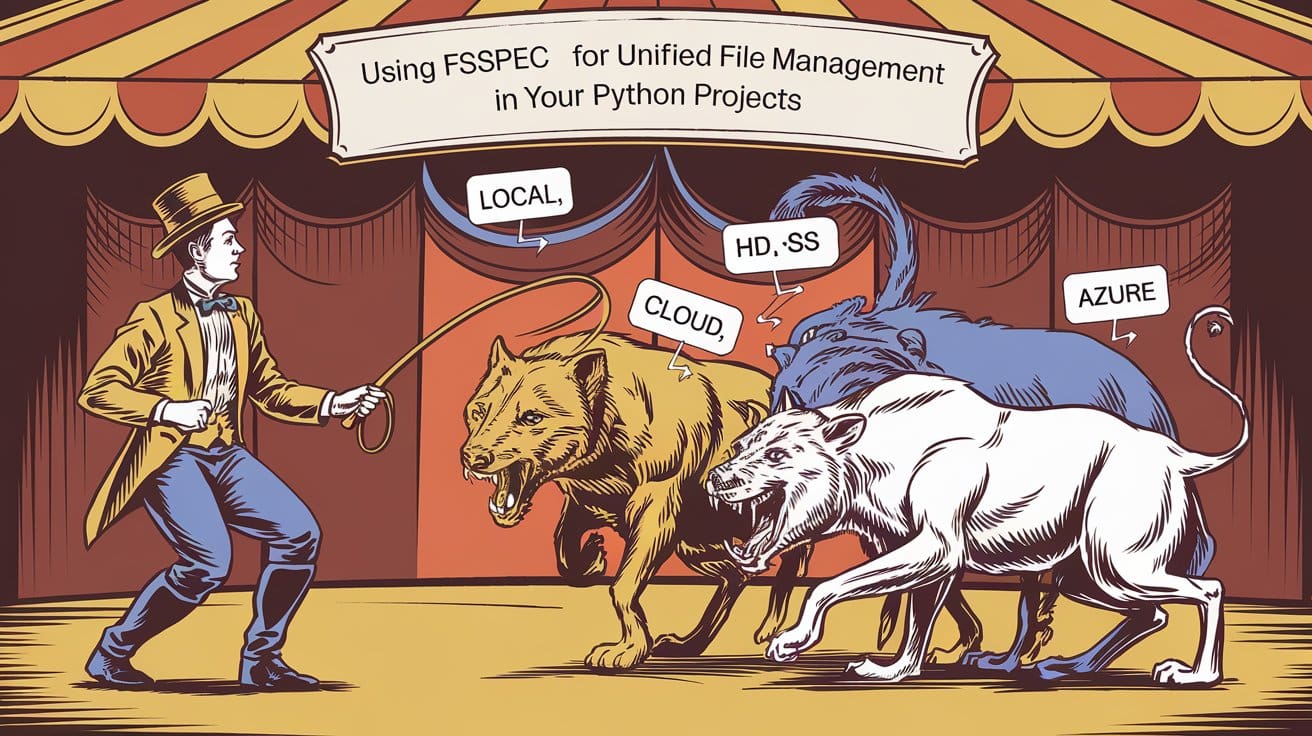Child Tax Credit, Childcare Tax Credit, and Childcare Flexible Spending Accounts (FSA)
Raising children is ultra-expensive, but there are ways that your kids can save you money when you're paying your income taxes. The post Child Tax Credit, Childcare Tax Credit, and Childcare Flexible Spending Accounts (FSA) appeared first on The White Coat Investor - Investing & Personal Finance for Doctors.

 By Dr. Jim Dahle, WCI Founder
By Dr. Jim Dahle, WCI FounderToday, we're going to talk about your kids and some of the fun ways they can save you some money on your taxes. Don't have kids thinking you'll save money, of course. You won't. But if you have kids, you should probably be aware of the content of this post.
Child Tax Exemptions
You used to get exemptions for your kids. In 2018, Congress dumped them in exchange for higher standard deductions. The higher standard deductions don't help those of us who were itemizing, but those exemptions are still gone. They might NOT be gone on your state taxes, though. Utah's main tax form, the TC-40, still allows a personal exemption of $2,046 per dependent [2025]. These go through a complicated adjustment along with your standard or itemized deductions as your income rises, but we're still getting something for our kids on our state taxes that we don't get on our federal taxes.
The Child Tax Credit
What you get on your federal tax return for those kids is the Child Tax Credit. On the 2024 Form 1040, this is found on line 19 and is subtracted from your calculated tax to get your total tax. The Child Tax Credit flows to line 19 from Schedule 8812, which looks like this:
Child Tax Credit Phaseout
The first thing you need to know about the Child Tax Credit is that if you make too much money, you don't get it. If your Adjusted Gross Income (AGI) is more than $200,000 ($400,000 Married Filing Jointly), you don't get the full Child Tax Credit. The phaseout is basically 5% per $1,000 in AGI. So, by $220,000 ($420,000 MFJ), you are completely phased out of this tax credit. That excludes a lot of high-income professional families from this credit. Doesn't matter if you have 14 kids. No credit for you. To make matters worse, there does not seem to be an inflation adjustment on this number.
Size of the Child Tax Credit
For 2024, the maximum tax credit is $2,000 per dependent child under 16. Note that this is a smaller amount than it has been in prior years. You also can't get the credit early like you could in some earlier years. There were special pandemic-associated adjustments to these credits in the past. Part of the credit ($1,700 per child) is refundable, meaning you get cash back even if you don't owe any taxes. The refundable portion of the credit is referred to as the “Additional Child Tax Credit.” It is not another separate credit. It's the same $2,000 credit. It's just the refundable portion of that. Very confusing. Sorry about that. Not my fault. But that's what the second page of Schedule 8812 is all about.
More information here:
How Your Kids Can Lower Your Taxes
How My State Rewards My Kids for Working
The Child and Dependent Care Tax Credit
A separate tax credit—and one which white coat investors do not get phased out of (except for 2021 when it phased out at an AGI of $438,000 for just one year)—is the Child and Dependent Care Tax Credit. While not as generous as it was in past years (again, there were “emergency” pandemic-associated changes to this credit), this can be a much larger tax credit than the Child Tax Credit. However, you don't get it just for having kids and taking care of them yourself. You have to pay someone else to take care of your kids to get it. And you then have to go work (or at least look for work) while they're being taken care of. You can't go to school, travel, or just watch Netflix and still claim the credit.
The person you pay to take care of the child can be anybody, EXCEPT your spouse, your dependents, your children 18 and under, or the parent of the child. Grandma and Aunt Sally are fine. So is the daycare down the street and many after-school programs.
If married, you have to file a return as Married Filing Jointly to claim this. If you're doing the PAYE/MFS student loan thing to try to maximize your PSLF, you lose this credit. You also have to rat out the caregiver to the IRS. Yes, they're going to have to declare this as taxable income if you're going to get the credit. You also have to file Schedule H if that person is your household employee and you paid them more than $2,700.
This credit is claimed by filing IRS Form 2441. The 2024 version (two pages) looks like this:
Who Are Qualifying Dependents?
To claim this, the care you paid for must have been for one or more of the following people:
- Your dependent child under 13 (teenagers are supposed to not need childcare)
- Your disabled spouse who cannot care for themself and lived in the house for at least half the year
- Any other disabled dependent who lived in the house for at least half the year with an income < $4,400 who does not file a joint return, and neither you nor your spouse are a dependent on anyone else's return.
How Much Is the Child and Dependent Care Credit?
The maximum credit is $3,000 for one child or dependent and $6,000 for two or more. However, you don't get a credit for all of your paid expenses, only 20%-35% of them, depending on your income. If your AGI is $43,000+, like most white coat investors, it's 20%. That means you've got to spend $30,000 on childcare to get the full $6,000 tax credit. Given that 20% multiple, most of you would be better off with this as a true deduction rather than a 20% credit. But it beats a kick in the teeth, so if you qualify for it, claim it.
More information here:
How to Hire Your Kids for Taxes the Right Way
Dependent Care Flexible Spending Accounts
Speaking of deductions, the best one in this regard is known as a Dependent Care Flexible Spending Account (FSA). This is slightly different from a Heathcare FSA. If your employer provides this benefit, single and MFJ filers can put up to $5,000 into it (note that this was less than was allowed in 2021 due to the pandemic emergency and that those filing MFS can only put $2,500 into it). Like other FSAs, this is use-it-or-lose-it money, so don't put more into the account than you will actually spend on dependent care for the year.
Yes, you can have and use a Dependent Care FSA and a Health Savings Account (HSA) in the same year. Yes, you can use a Dependent Care FSA and claim a full $6,000 Child and Dependent Care Tax Credit in the same year. Of course, you'd then have to spend $35,000 on childcare to max out both, but I'm sure there are WCIers out there doing just that.
If you do NOT spend $35,000 a year on childcare (or $20,000 on childcare for one child), then you may have to choose between the Dependent Care FSA and the Child and Dependent Care Tax Credit. You should probably choose the FSA. The deduction will be worth more than 20% for almost all white coat investors because your marginal tax rate will be greater than 20%, especially when you include state taxes. But I suppose there are some situations for lower earners (residents in tax-free states?) where the tax credit could be bigger, especially if your income is low enough to get you a higher multiple than 20%.
Remember that you cannot double dip. You cannot pay for expenses with a Dependent Care FSA and then claim those same expenses on the Child and Dependent Care Tax Credit.
Kids are great, but they're not cheap. Take advantage of credits and deductions that help reduce the cost a bit.
What do you think? Which of these do you qualify for and use? What other questions do you have?
The post Child Tax Credit, Childcare Tax Credit, and Childcare Flexible Spending Accounts (FSA) appeared first on The White Coat Investor - Investing & Personal Finance for Doctors.
What's Your Reaction?











.jpg?#)

























